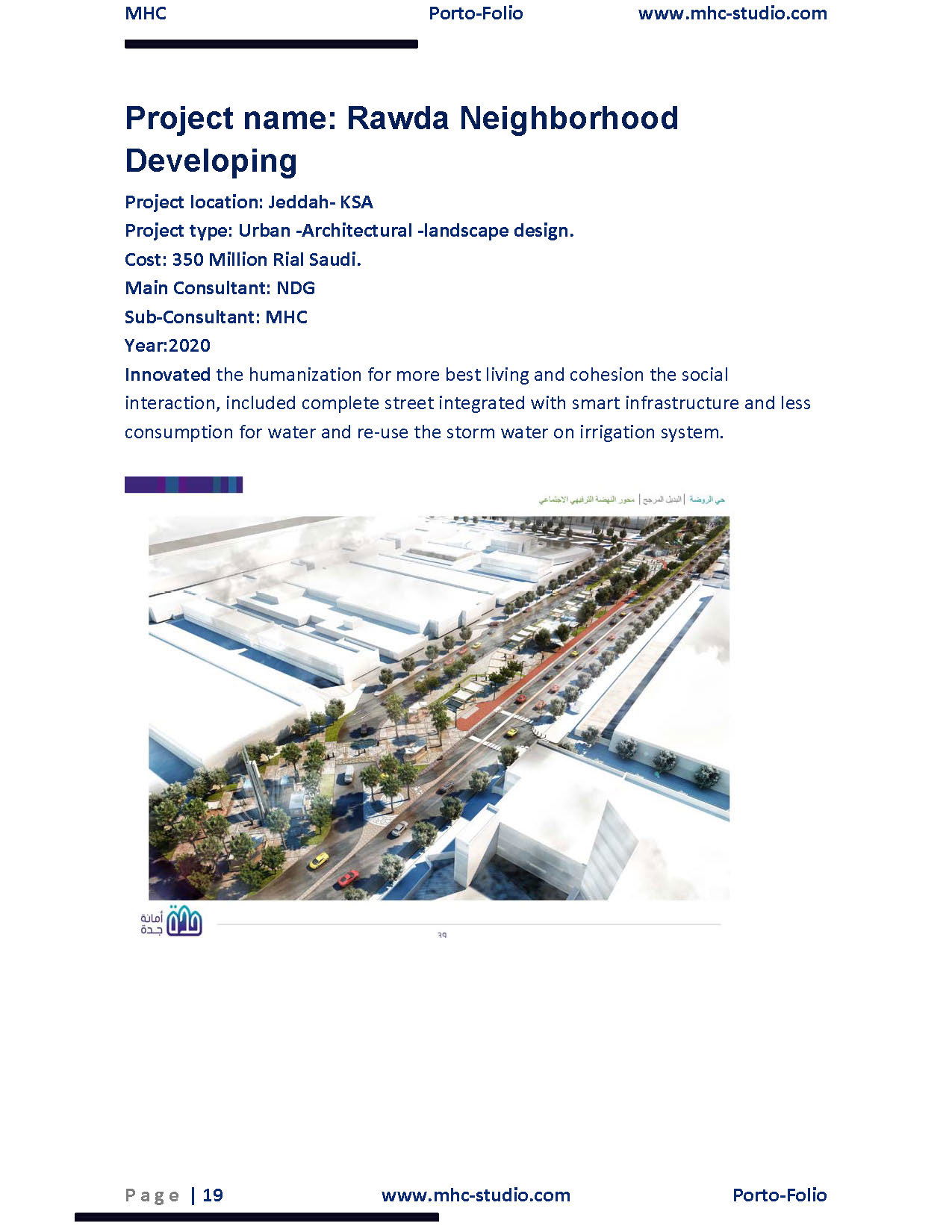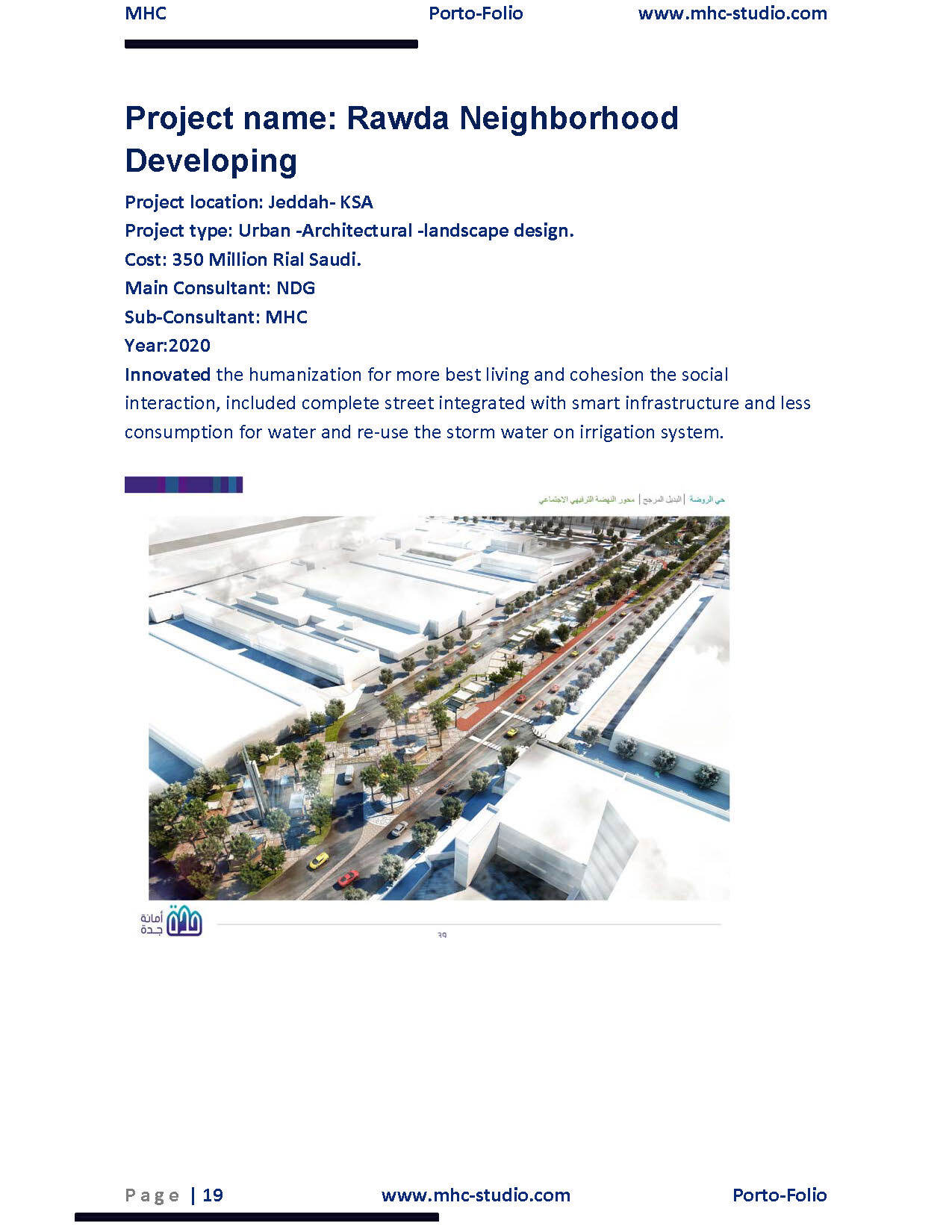The Role of Infrastructure in Shaping Urban Economies-Rawda-Jeddah-KSA

The Role of Infrastructure in Shaping Urban Economies
Infrastructure is the backbone of any urban economy, playing a crucial role in shaping its development and sustainability. From roads and bridges to water supply and digital networks, the quality and accessibility of these foundational services are directly tied to the city's economic growth, competitiveness, and overall quality of life. In this discussion, we will explore the top critical aspects of infrastructure and their significant impacts on urban economies.
1. Transportation Systems
Roads and Highways: Good road connectivity enables efficient movement of goods and people, which is vital for local businesses and service providers. It reduces travel time and logistic costs, making urban areas more attractive for business operations.
Public Transit: Efficient public transit systems like buses, subways, and trams reduce congestion, lower emissions, and provide affordable commuting options. This inclusivity enhances the labor pool by enabling more people to access job opportunities.
2. Utilities
Water and Sanitation: Access to clean water and advanced sanitation encourages public health and attracts industries that depend on water as a resource. Proper sanitation systems are crucial for maintaining a healthy urban environment.
Electricity and Gas: Reliable energy sources are necessary for the operations of industries, commercial establishments, and residences. Consistent and sustainable energy attracts high-tech industries and boosts technological innovation.
3. Communication Networks
Telecommunications: Strong telecommunication networks, including broadband and mobile networks, are essential for the digital economy. They enable businesses to operate efficiently and compete globally, facilitate remote working, and spur innovations in service delivery.
Digital Infrastructure: The growth of data centers, IoT, and smart city technologies relies heavily on robust digital infrastructure. This evolution is central to modern urban economies, enabling smarter, more efficient city management and better resource allocation.
4. Health and Education Facilities
Hospitals and Clinics: High-quality medical facilities attract skilled workers and contribute to a healthier workforce, which is essential for economic stability and growth.
Schools and Universities: Educational institutions not only nurture the next generation of workers but also promote innovation through research and development. They often act as hubs for economic growth within cities.
5. Industrial Infrastructure
Industrial Parks: These are pivotal in urban economies, providing tailored spaces where businesses can operate within an optimized supply chain network. This specifically boosts manufacturing sectors and attracts foreign direct investment.
Warehousing and Logistics: Efficient warehousing and logistics facilities streamline the supply chain, reduce costs, and increase the competitiveness of urban industries in the global markets.
6. Sustainable and Green Infrastructure
Green Spaces: Parks and recreational areas not only improve the quality of life but also attract tourists and support local businesses. Moreover, they play a critical role in environmental management and urban cooling.
Sustainable Energy Solutions: Investments in renewable energy sources and energy-efficient buildings reduce carbon footprints and operating costs, appealing to environmentally conscious businesses and residents.
7. Financial Services Infrastructure
Banking and Finance: A robust financial sector facilitates business operations, access to credit, and attracts investments. It also supports small businesses and startups, which are vital for a dynamic urban economy.
Insurance and Risk Management: Effective insurance products and risk management services are crucial for protecting assets and businesses against uncertainties, thereby fostering a secure investment climate.
8. Government and Legal Framework
Regulatory Bodies: Strong institutions that provide clear and fair regulations help in creating a business-friendly environment that attracts both local and international investors.
Judicial Systems: Efficient legal systems ensure that contracts are enforceable and property rights are protected, which is fundamental for economic activities and investments.
9. Cultural and Recreational Infrastructure
Museums and Cultural Centers: These facilities boost the cultural capital of a city, promote tourism, and provide a stimulating environment that attracts creative industries and professionals.
Sports Facilities: Besides promoting health and wellness, sports complexes and stadiums can be significant sources of economic activity through sporting events and tourism.
10. Disaster Preparedness and Response Infrastructure
Emergency Services: Efficient and responsive emergency services, such as firefighting, medical emergencies, and disaster response, can mitigate economic losses from unforeseen events, safeguarding both lives and investments.
Resilient Structures: Infrastructure designed to withstand natural disasters, such as earthquakes and floods, minimizes downtime and recovery costs, thus maintaining economic stability.
In conclusion, the role of infrastructure in shaping urban economies is multifaceted and profound. By investing in comprehensive and modern infrastructure, cities not only enhance their competitiveness but also improve the quality of life for their residents, ultimately fostering sustainable economic growth and development. As urban areas continue to evolve, the integration of innovative infrastructure solutions will be key to addressing the complex challenges of urbanization and globalization in the 21st century.

Rawdah Jeddah KSA for executed example by our team


